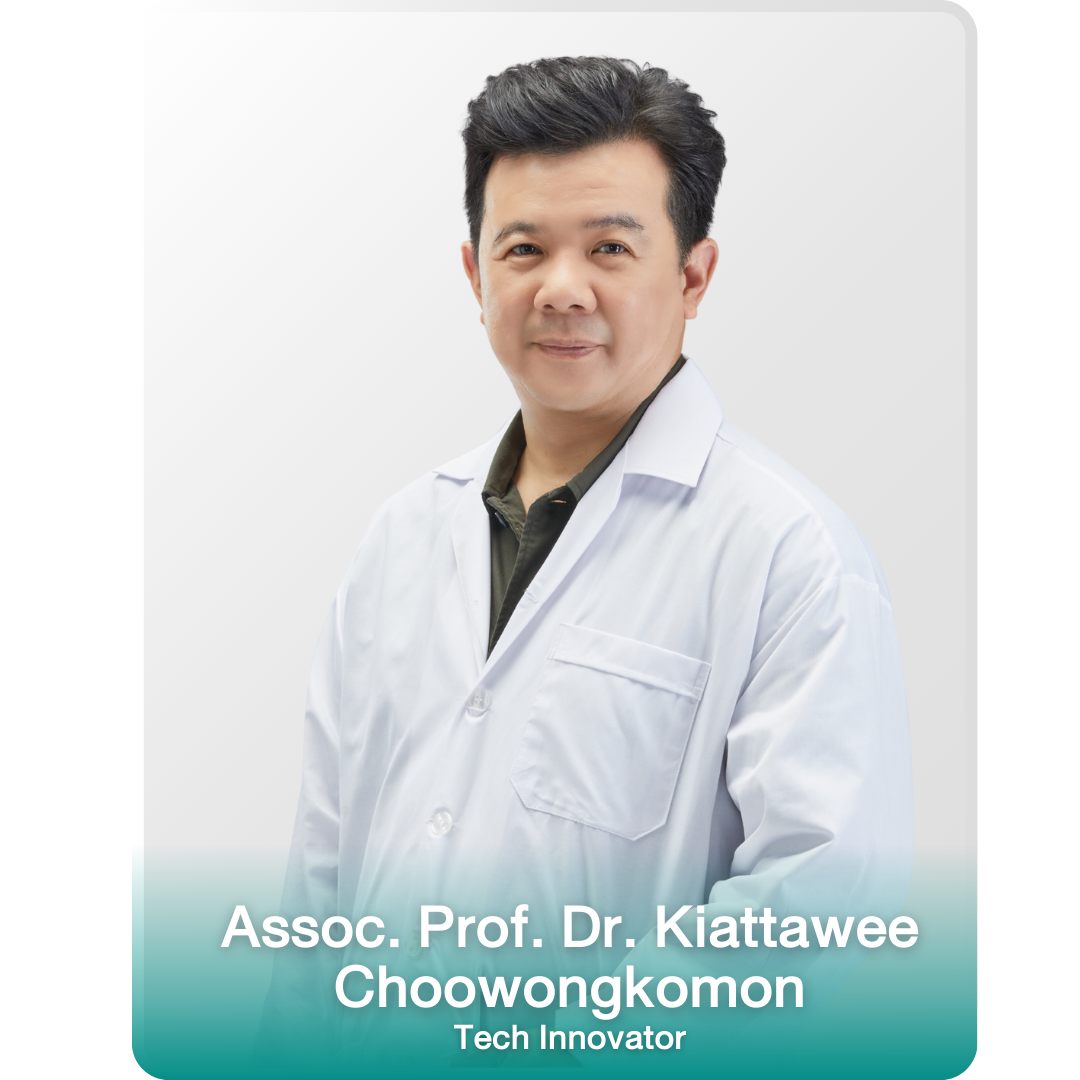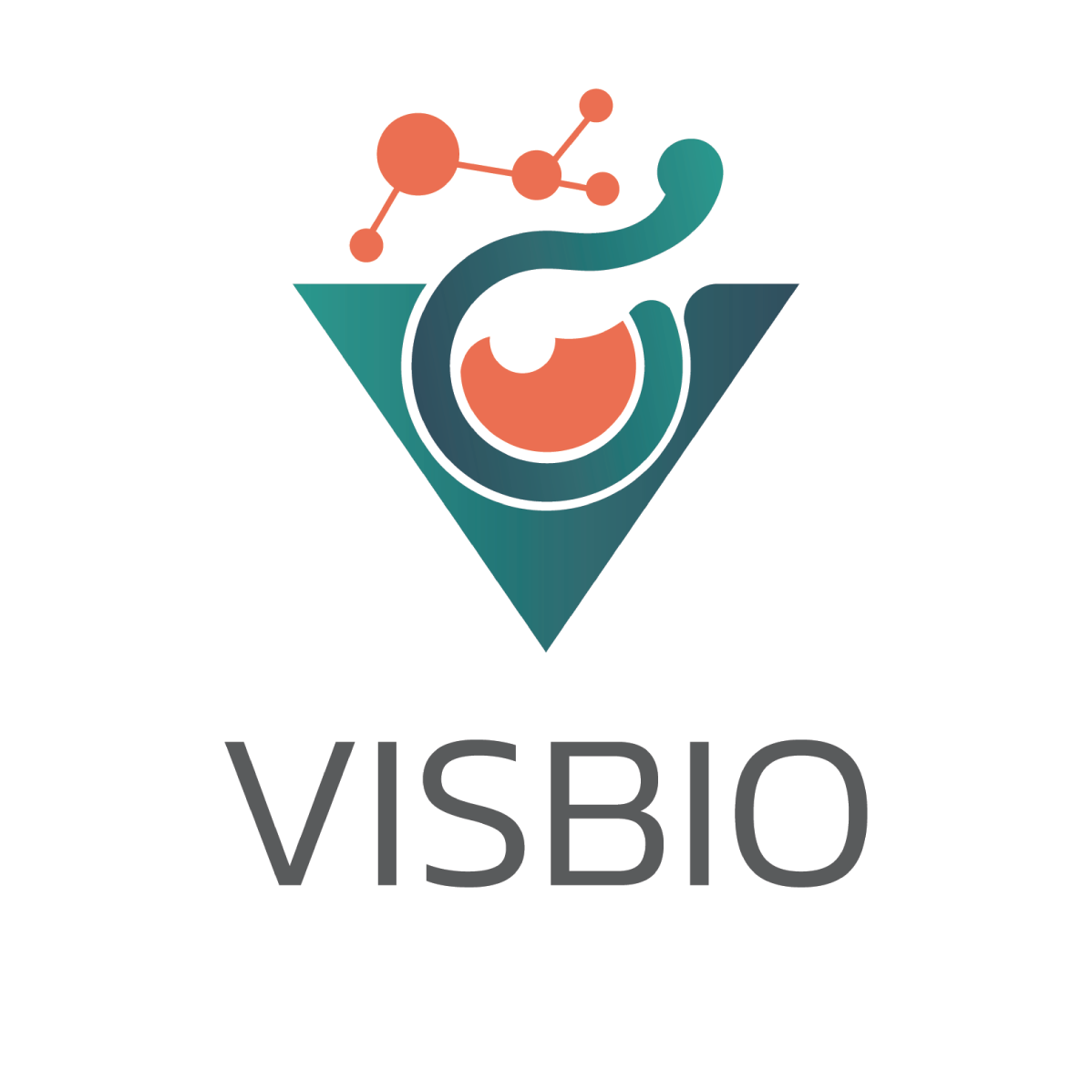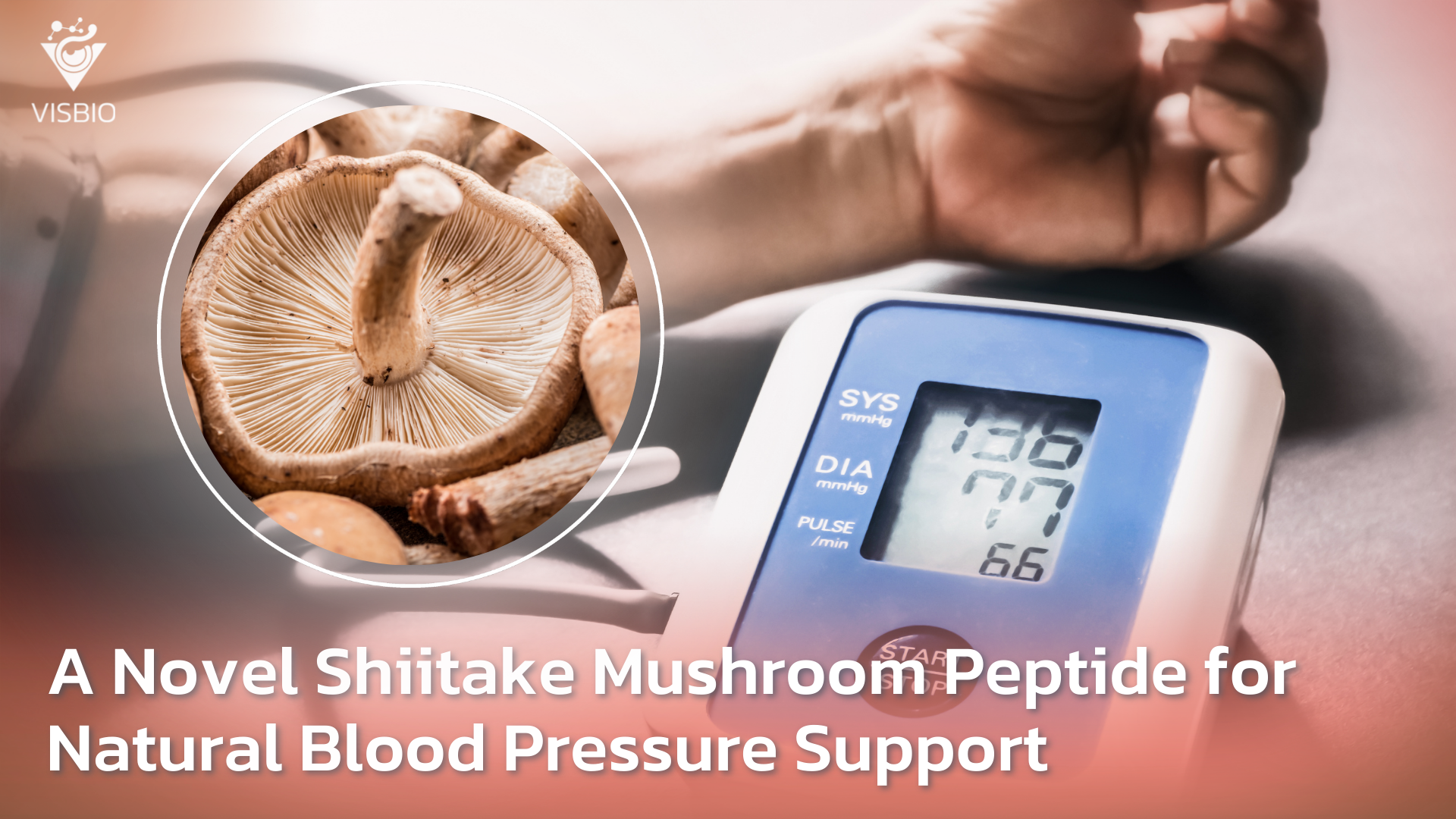Hypertension, or chronically high blood pressure, stands as a pervasive and silent threat to global health, acting as a primary catalyst for life-threatening cardiovascular events such as heart disease, stroke, and aneurysm. With an aging global population and lifestyle factors like chronic stress and obesity on the rise, the demand for effective, safe, and sustainable blood pressure management solutions has never been more urgent. The pharmaceutical industry has long relied on synthetic Angiotensin-I Converting Enzyme (ACE) inhibitors to treat hypertension; however, these medications can come with a range of unwelcome side effects, from a persistent, dry cough to skin rashes and dizziness. This has created a significant and rapidly growing market opportunity for safer, natural, and scientifically-backed alternatives.
This article explores a landmark study from a team of distinguished researchers, including Associate Professor Dr. Kiattawee Choowongkomon, which taps into the well-known health benefits of the shiitake mushroom. This innovative research and development leverages advanced biotechnology to isolate a novel, highly potent Shiitake Mushroom Peptide with the potential to revolutionize the nutraceutical and functional food markets for cardiovascular health. This discovery offers a clean-label solution rooted in a trusted food source, backed by rigorous scientific validation at every step, from production to purification and final mechanism-of-action analysis.
The Science of Natural Blood Pressure Management
The body’s blood pressure is intricately regulated by a complex hormonal cascade known as the Renin-Angiotensin System. Within this system, the Angiotensin-I Converting Enzyme (ACE) plays a pivotal and dual role. First, ACE converts a compound called angiotensin I into angiotensin II, a powerful vasoconstrictor that causes blood vessels to narrow, thereby increasing blood pressure. Second, it simultaneously degrades a substance called bradykinin, which naturally helps to keep blood vessels dilated or open. The net effect of high ACE activity is therefore a significant increase in blood pressure.
Because of this, inhibiting the ACE enzyme is a direct and clinically proven method for promoting vasodilation (the relaxation of blood vessels) and effectively lowering blood pressure. This mechanism is the basis for many successful pharmaceutical drugs. The core objective of this research was to move beyond synthetic solutions and identify natural bioactive peptides, small, specific fragments of protein from a trusted and globally recognized food source that could perform this critical inhibitory function safely, effectively, and with high potency.
Shiitake Mushrooms A Trusted Source for Bioactive Peptides
The choice of shiitake mushrooms (Lentinula edodes) as the source material for this discovery was a highly strategic one. Far more than a simple culinary ingredient, the shiitake is celebrated globally as a premier functional food” and medicinal mushroom. It is renowned for a wide array of health-promoting properties, including powerful antioxidant, anti-inflammatory, and cholesterol-lowering effects. By starting with a source that already possesses a strong, positive reputation among health-conscious consumers, the path to market acceptance for a new ingredient is significantly smoothed. The credibility of the source material provides an immediate marketing advantage.
The researchers began the product development process with high-quality dried shiitake mushrooms, which were ground into a fine powder to maximize the surface area for the next step. Using the food-grade enzyme Alcalase®, they performed a controlled enzymatic hydrolysis. This process uses the enzyme as a molecular scissor to carefully break down the mushroom’s complex proteins, releasing a rich and diverse mixture of smaller, potentially potent bioactive peptides. This hydrolysate formed the raw material for the subsequent optimization and purification stages.
Precision Science Optimizing the Peptide Production Process
To ensure the resulting protein hydrolysate had the highest possible ACE-inhibitory activity, the research team employed a sophisticated optimization technique called Response Surface Methodology (RSM). This is a powerful statistical and mathematical method used in process engineering to find the “sweet spot” where multiple variables align to produce the best possible outcome. Instead of testing one factor at a time, RSM allows scientists to systematically test numerous combinations of key process variables simultaneously: temperature, hydrolysis time, and the enzyme-to-substrate (E/S) ratio.
This meticulous product development process allowed the team to move beyond guesswork and pinpoint the exact conditions needed for maximum potency. The optimal parameters for achieving the highest ACE inhibition were found to be a temperature of 50.2°C, a processing time of 3.28 hours, and an E/S ratio of 1.16. The hydrolysate produced under these precise conditions was extraordinarily potent, exhibiting an IC50 value of just 0.33 μg/mL. An IC50 value represents the concentration of a substance needed to block 50% of an enzyme’s activity; a lower number indicates a more powerful inhibitor.
Discovering the Novel Shiitake Mushroom Peptide KIGSRSRFDVT
With a remarkably active hydrolysate in hand, the next scientific challenge was to isolate and identify the specific molecule responsible for this powerful effect. This was achieved through a rigorous, multi-stage purification and identification process designed to zero in on the single most potent peptide.
- Step 1: Ultrafiltration First, the hydrolysate was subjected to ultrafiltration, a technique that separates molecules based on their size or molecular weight. The peptides were filtered through membranes with different pore sizes, separating them into five distinct groups. This step yielded a critical insight: the fraction containing the very smallest peptides, with a molecular weight of less than 0.65 kDa, was by far the most effective. This fraction demonstrated an even lower IC50 value of 0.23 μg/mL, confirming that low-molecular-weight peptides are prime candidates for high bioactivity and potential bioavailability.
- Step 2: Reversed-Phase High-Performance Liquid Chromatography (RP-HPLC) Next, this elite, low-molecular-weight fraction was further purified using RP-HPLC. This is a highly precise chromatographic technique that separates compounds in a mixture based on their hydrophobicity (how much they repel water). As the mixture was passed through a specialized column, the different peptides separated into distinct peaks. The researchers collected seven major sub-fractions, and upon testing, the seventh peak, labeled F7, displayed the highest ACE-inhibitory activity of all.
- Step 3: Sequencing and Identification Finally, this highly purified F7 peak was analyzed using advanced LC-MS/MS mass spectrometry to determine its exact molecular structure and amino acid sequence. The result was the discovery of a novel 11-amino-acid peptide: Lys-Ile-Gly-Ser-Arg-Ser-Arg-Phe-Asp-Val-Thr (KIGSRSRFDVT). To verify that this was indeed the active compound, the newly discovered peptide was then chemically synthesized in its pure form and tested. The pure peptide confirmed its powerful activity with a final IC50 value of 37.14 μM.
Confirming the Mechanism A Non-Competitive Inhibitor
A crucial part of validating any new bioactive ingredient is understanding precisely how it works at a molecular level. The study confirmed the Shiitake Mushroom Peptide’s mechanism of action through two distinct and complementary methods. First, a laboratory-based kinetic study, using a Lineweaver-Burk plot, was performed. The results of this analysis determined that the KIGSRSRFDVT peptide acts as a non-competitive inhibitor. This is a significant finding. It means that instead of directly competing with the natural substrate for the enzyme’s primary “active site,” the peptide binds to a different, secondary (allosteric) location on the ACE molecule. This binding subtly changes the enzyme’s 3D shape, making it less efficient at its job.
This experimental finding was then powerfully corroborated by a molecular docking simulation. This computer model, which predicts the most likely binding position of a ligand (the peptide) to a receptor (the enzyme), also indicated that the peptide binds to a non-active site on the ACE enzyme. The remarkable consistency between the experimental lab results and the computational modeling provides very strong evidence for the peptide’s sophisticated and reliable mechanism of action. This deep level of mechanistic understanding is invaluable for building consumer trust and for regulatory submissions.
The Commercial Potential of a Shiitake Mushroom Peptide
The discovery and validation of the KIGSRSRFDVT peptide present a compelling and timely opportunity for businesses operating in the nutraceutical, dietary supplement, and functional food markets. This research provides all the necessary elements for a successful product launch and a powerful marketing story.
- Strong Market Pull: The target demographic, which includes adults concerned with cardiovascular health and preventative wellness, is large, growing, and actively seeking natural products with proven efficacy. A product that addresses hypertension naturally is perfectly positioned to meet this demand.
- Trusted Source Ingredient: Leveraging the “superfood” status of shiitake mushrooms provides an immediate marketing advantage and builds consumer trust from the outset. It allows for the creation of clean-label products that align perfectly with modern consumer preferences for transparency and natural sourcing.
- Scientific Credibility: The product’s claims are not based on vague tradition or anecdotal evidence but on rigorous, peer-reviewed scientific research and development. This provides a powerful point of differentiation in a crowded market and a solid foundation for credible marketing campaigns.
- Versatile Product Applications: This potent peptide can be the star ingredient in a variety of convenient consumer formats. These include daily-dose capsules for hypertension support, powdered supplements for easy mixing into smoothies, or even infused into premium functional foods like healthy soups and broths.
Partnering with VISBIO for Next-Generation Health Solutions
This study successfully illustrates a complete pipeline, from a natural, trusted food source to a highly characterized, potent, and novel bioactive ingredient. The KIGSRSRFDVT peptide from shiitake mushrooms is now a premier candidate for development into a functional food ingredient or nutraceutical aimed at naturally mediating hypertension. Bringing a scientifically validated ingredient like this to the global market requires vision and strategic partnership. We invite companies dedicated to advancing natural health and wellness to explore the significant commercialization opportunities presented by this research. Contact us today for a free, no-obligation consultation to discuss how this cutting-edge science can become your next market-leading success story.

About the Author:
รศ.ดร.เกียรติทวี ชูวงศ์โกมล เป็นนักวิจัยชั้นนำผู้เชี่ยวชาญด้านการค้นคว้ายาจากธรรมชาติ ท่านมีผลงานตีพิมพ์ในวารสารวิชาการระดับนานาชาติ ครอบคลุมหัวข้อต่างๆ เช่น โครงสร้างโปรตีน การยับยั้งเอนไซม์ และสารต้านการอักเสบจากธรรมชาติ ผลงานวิจัยของท่านได้รับการยอมรับอย่างกว้างขวาง และมีบทบาทสำคัญในการพัฒนายาใหม่ๆ จากพืชสมุนไพร เพื่อสุขภาพของมนุษย์
About the Research:
This article is based on the study “Angiotensin–I converting enzyme inhibitory peptide derived from the shiitake mushroom (Lentinula edodes),” published in the Journal of Food Science and Technology (2021) with the DOI 10.1007/s13197-020-04517-z. The research provides a comprehensive account of the optimization, purification, and identification of a novel ACE-inhibitory peptide, KIGSRSRFDVT. It thoroughly validates its high potency through a multi-step purification process and confirms its non-competitive mechanism of action via Lineweaver-Burk plot and molecular docking studies. This establishes the peptide as a strong candidate for use in functional foods and pharmaceuticals for treating hypertension.


